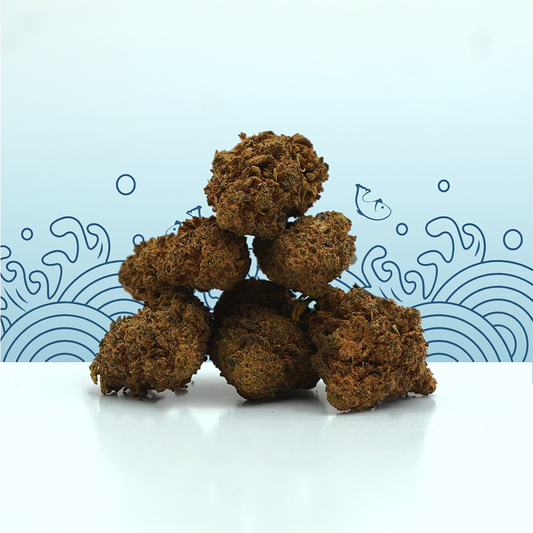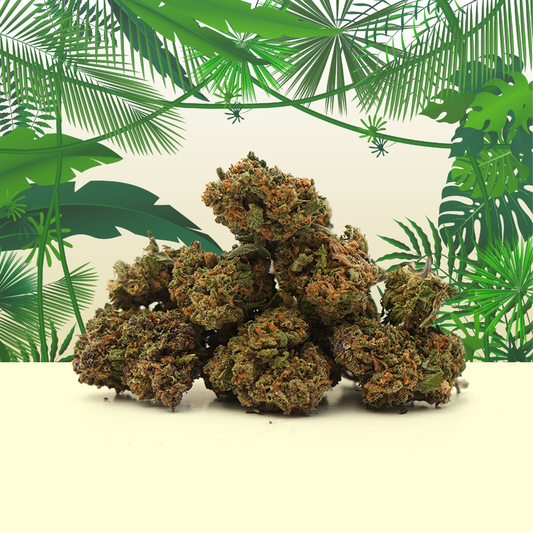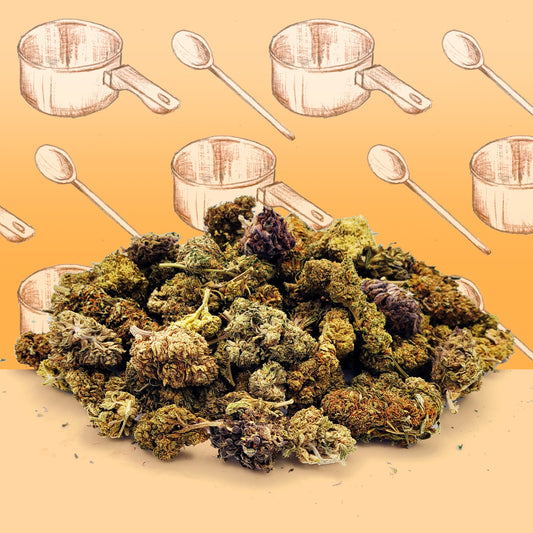Man and Cannabis share an intimate history that began almost 8,000 years ago, in the Neolithic period.
This botanical genus includes annual plants in the Cannabaceae family, all native toCentral andSouthAsia.
To this day, classification remains debated. According to most authors, there is only one species, cultivated hemp(Cannabis sativa L.), subdivided into several subspecies, generally sativa, indica and ruderalis, while others consider the latter to be simple varieties.
Plants rich in fiber and CBD, and low in Tetrahydrocannabinol (THC), give rise to "agricultural hemp", which grows in temperate countries.
The "Indian hemp"adapted to the equatorial climate, is very rich in resin and, as such, highly prized for its medicinal and psychotropic properties.

Cannabis plants are selected according to their intended use: fiber quality for textiles, oil-rich seeds, low THC levels, or high concentrations of cannabinoids (including CBD and CBG).
The 1970s saw a resurgence of enthusiasm for the cultivation of agricultural hemp, correlating with rising oil prices, the emergence of new outlets and a growing awareness of environmental issues.
Hemp is used both for its stalks, which are used to make textile fibers, and for its CBD, as well as for its seeds (hempseed), which are used to make oils. Hemp has the advantage of rapid growth, requiring no fertilizers or special treatments.
It is the ecological plant par excellence, especially as it assimilates CO² very well.
Hemp has many uses, including textiles, building construction, insulation (sound and heat), CBD flowers, CBD resins, CBD e-liquids, CBD cosmetics, CBD oils, bedding and rope.
It is also widely used as fuel, in papermaking, for human and animal consumption, as a biofuel, for medical purposes and for recreational purposes, thanks to the CBD it contains.

Note : To commonly designate Cannabis and its subspecies, the various players in the non-recreational industrial hemp sector prefer to use the terms hemp, cultivated hemp, agricultural hemp, hemp for work, Indian hemp, hemp afghan or wild hemp.
By contrast, recreational hemp growers tend to use the Latin terminology of botanical nomenclature: Cannabis, sativa, indica, afghanica or ruderalis.
Specific use of seeds
Hemp seed, also known as hempseed, is used for its nutritional properties, in the form of oil or, quite naturally, seeds.
Hulled hemp seed contains CBD and the following proportion of macro-nutrients:
- 9% carbohydrates ;
- 49% lipids ;
- 31% protein, source of eight essential amino acids.
These proportions are ideal for human and animal nutrition.
The CBD oil obtained by pressing hemp seeds enjoys an excellent dietary reputation, thanks to its CBD content, omega 3 and omega 6 GLA fatty acids, and low saturated fatty acid content.
Specific use of CBD flowers
CBD flowers are particularly rich in cannabinoids, including CBD and CBG, and are highly prized by consumers. Cannabinoids are chemical substances studied for their therapeutic effects. CBD, renowned for its relaxing effects, is one of them.

In addition to the presence of cannabinoids, including CBD and CBG, CBD hemp flowers are also rich in terpenes and terpenoids, classes of odoriferous hydrocarbons. These are responsible for the delicate and varied fragrances of CBD flowers, which can give off fruity, floral, spicy or undergrowth aromas. These substances interact with each other, and it's their balance that determines the potential of a CBD flower.
The combination of various cannabinoids (CBD, CBG), terpenes and terpenoids gives rise to various interactions and synergies, a phenomenon known as the " entourage effect ".
So, like a fine wine, hemp CBD flowers can give off different layers of aroma. With over a hundred terpenes, hemp's aromatic and fragrant possibilities tend towards the infinite.




![Banana Cream CBG 🍌 [Greenhouse]](http://mamakana.com/cdn/shop/files/banana.jpg?v=1683038126&width=533)
![Bubba Kush CBD 🫧 [Greenhouse]](http://mamakana.com/cdn/shop/files/Bubba_fond_4b55b9bd-2083-406f-8843-1229994bb3ec.png?v=1738679473&width=533)




